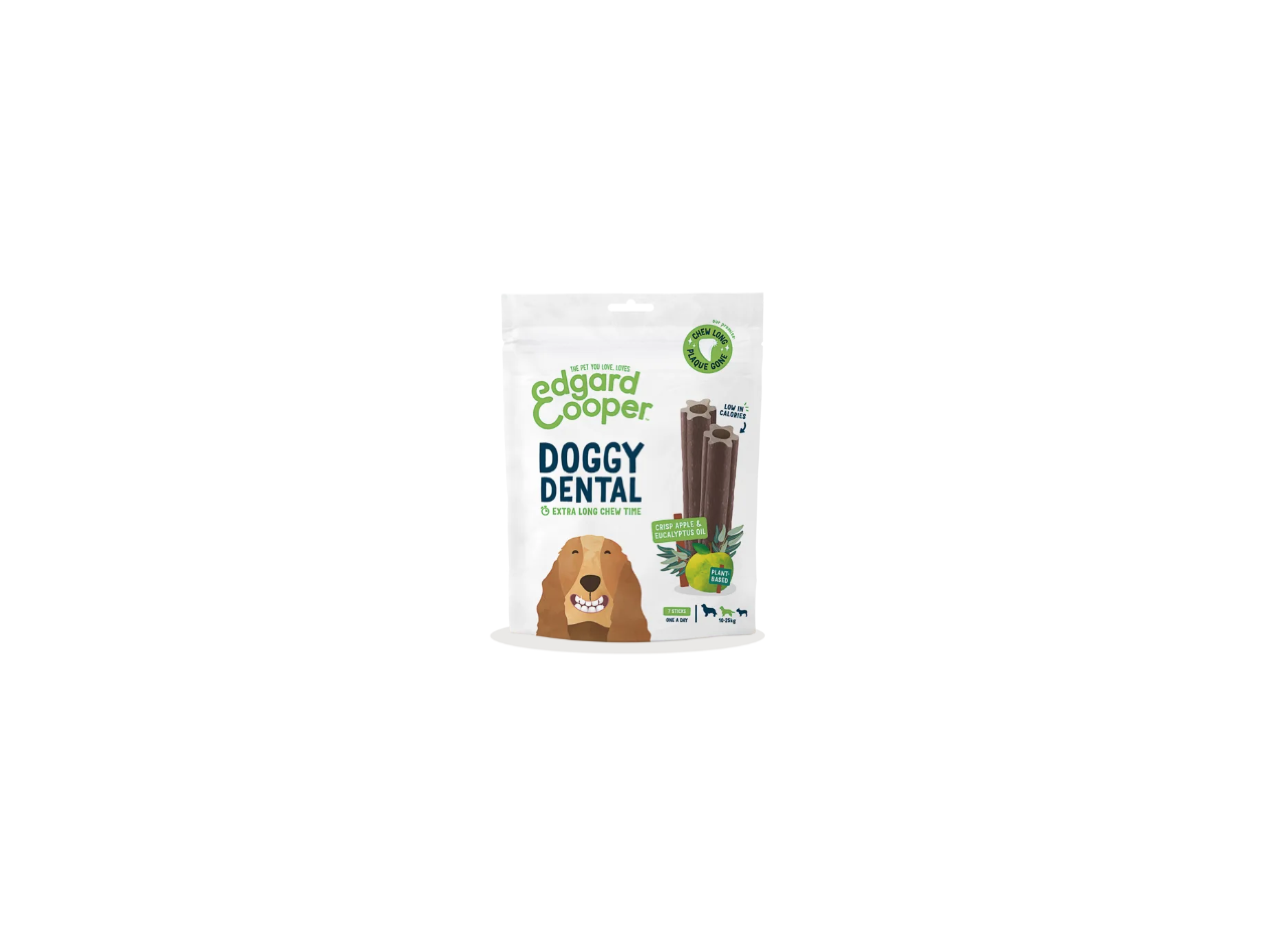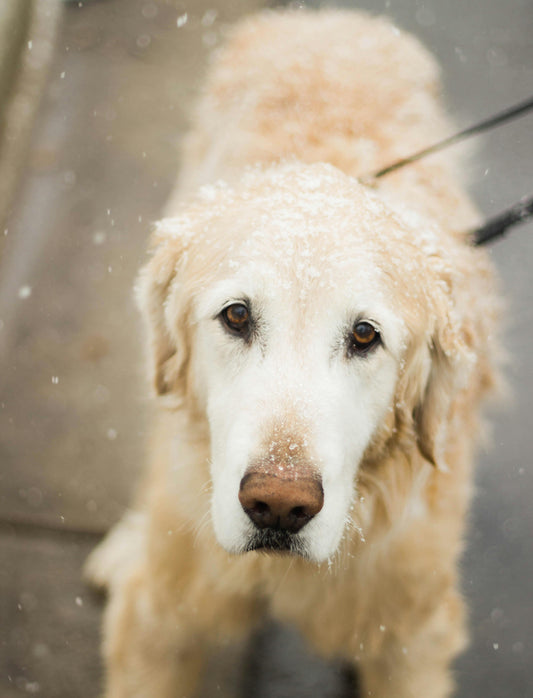Ticks are a common concern for dog owners, as these parasites can pose health risks to pets. Recognizing ticks on dogs is crucial for their wellbeing, and prompt removal can help prevent potential diseases. This guide will provide essential information on identifying ticks, how to safely remove them, and effective prevention strategies.
Detecting ticks early can make a significant difference. They can be small and blend into a dog's fur, making routine checks a vital practice, especially after outdoor activities. Understanding where to look and how ticks attach can aid in quicker identification.
Preventing tick infestations involves more than just routine checks. Utilizing appropriate repellents and ensuring a clean environment can significantly reduce the likelihood of ticks. Knowledge of seasonal trends in tick populations also helps dog owners take proactive measures for their pets' safety.
Identifying Ticks on Dogs
Identifying ticks on dogs involves understanding different species, their habitats, and signs that indicate an infestation. Knowledge about these aspects aids in detecting ticks early and taking appropriate action.
Common Species and Appearance
Several species of ticks commonly affect dogs. The American dog tick is brown with white markings. The black-legged tick is smaller and dark, known for transmitting Lyme disease. The brown dog tick has a reddish-brown color and prefers indoor environments.
Ticks typically range from 1mm to 1cm in size, depending on whether they have fed. Unfed ticks are often flat, while engorged ticks appear swollen. Observing these characteristics can help identify the specific species present.
Preferred Habitats and Behavior
Ticks thrive in warm, humid environments. They are commonly found in wooded areas, tall grasses, and leaf litter. Dogs that frequent these habitats are at higher risk.
Ticks wait for a host by climbing onto vegetation and using their front legs to latch on as animals pass by. Understanding this behavior can help owners avoid areas with high tick populations during outdoor activities.
Signs of Tick Infestation
Identifying ticks on a dog involves looking for physical signs. Symptoms include constant scratching, biting, or licking of the skin.
Owners should also check for small, dark bumps on the skin where ticks may be attached. Fatigue and lethargy can accompany an infestation, as well as signs of inflammation around bites. Regular inspections after outdoor activities will help in early detection.
Safely Removing Ticks
Removing ticks from dogs requires preparation, careful execution, and proper aftercare to minimize risks to both the pet and the handler. Following these guidelines ensures effective removal and reduces the chance of infection or disease transmission.
Preparation for Removal
Before attempting to remove a tick, gather necessary supplies. This includes:
- Tweezers or a tick removal tool
- Gloves to protect hands
- Antiseptic to clean the area afterward
- Container for tick disposal
Ensure the dog is calm and in a well-lit area. It may help to have a second person to gently hold the dog still. Avoid using alcohol or petroleum jelly to facilitate tick removal, as these methods may irritate the tick and increase the risk of disease transmission.
Step-by-step Removal Process
-
Grip the Tick: Using tweezers, grasp the tick as close to the skin's surface as possible. Avoid squeezing the tick's body.
-
Pull Upward: Pull upward with steady, even pressure. Do not twist or jerk, as this may cause mouth parts to break off and remain in the skin.
-
Check for Remnants: After removal, check to ensure all parts of the tick are removed. If fragments are left, they may cause infection.
-
Clean the Area: Use an antiseptic to clean the bite area thoroughly. Monitoring the site for signs of infection is advisable.
Aftercare and Tick Disposal
Dispose of the tick promptly to prevent re-infestation. Place it in a sealed bag or jar and keep it for identification if necessary.
Monitor the dog for the next few weeks for any unusual behaviors or symptoms like lethargy, loss of appetite, or swelling at the bite site. If any symptoms occur, consult a veterinarian promptly.
Washing hands after the procedure is vital, even when gloves are used, to ensure there are no remnants of the tick or bacteria on the handler.
Preventative Measures
Taking proactive steps can significantly reduce the risk of ticks on dogs. Implementing a combination of treatments and environmental controls is essential for effective prevention.
Topical Treatments and Collars
Topical treatments and tick collars serve as effective defensive measures against ticks. Products containing fipronil, imidacloprid, or selamectin can provide persistent protection.
- Topical treatments are usually applied once a month. They work by spreading over the dog's skin and coat.
- Tick collars often release active ingredients that repel ticks for several months.
It's crucial to select products specifically designed for dogs and to follow the manufacturer’s instructions for application. Regular application is key to maintaining effectiveness and protecting the pet.
Environmental Controls
Controlling the environment where a dog spends time can greatly minimize tick exposure. Keeping outdoor areas maintained limits tick habitats.
- Mow the lawn regularly to reduce tall grass and brush.
- Create a barrier such as gravel or wood chips around the yard perimeter to deter tick migration.
Additionally, ensuring that dogs do not roam into dense brush or wooded areas can reduce their chances of encountering ticks. Regularly surveying the yard for ticks and removing any potential breeding sites is also essential.
Regular Health Checks
Routine health checks are vital for early tick detection. Performing checks after outdoor activities ensures that ticks are identified and removed promptly.
- Examine areas where ticks commonly hide, including under the collar, in the ears, between toes, and under the legs.
- Use a tick removal tool for safe removal, ensuring not to leave any mouthparts embedded.
Making health checks part of a regular grooming routine helps catch any tick infestations before they escalate. Consistent vigilance contributes to a dog's overall well-being.








